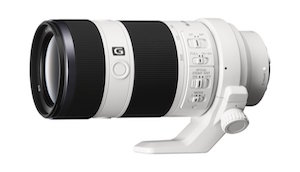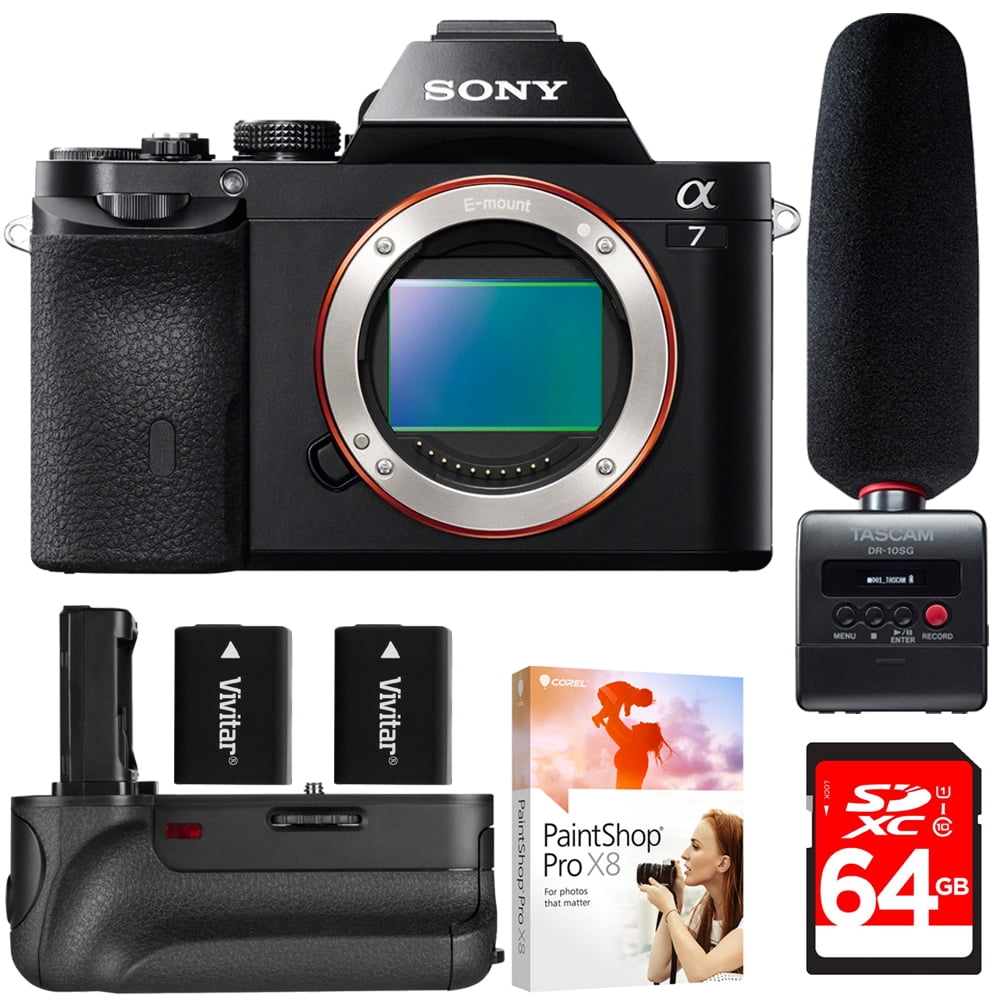

It also has a close focusing distance of just 0.18m for the 28mm end, which is useful for wide-angle shots in tight spaces.Īt the same time, you can enjoy a max magnification ratio of 1:2.7 for beautiful close-ups! Talk about versatility indeed. Moreover, it comes with 17 lens elements in 15 groups, including two low dispersion and glass molded aspherical lenses for minimal optical aberration. Its VXD linear motor focus mechanism allows fast and precise autofocus that can track fast-moving subjects. We love the versatile zoom range that is suitable for everything from landscape, events, street photography, to portraits. It’s overall very high performing and delivers exceptional image quality. The single best lens for the Sony a7 that we’d recommend is the Tamron 28-75mm F/2.8, an all-round zoom lens with a fast aperture, excellent optics, and a high-resolution performance. Size (diameter x length): 75.8 x 117.6 mm Tamron 28-75mm F/2.8 - Best All-Round Lens for the Sony a7 This will help you capture blur-free shots most of the time, even when shooting handheld or in low light. The Sony a7 doesn’t come with any in-body image stabilization, which means it’s worth getting a lens with stabilization.
#Full frame lens for sony a7 professional#
We’ve summarized the 7 main types of lenses above, and knowing which one you need can help narrow down your choices and make the lens buying process much simpler.įor instance, a regular photography enthusiast might love an everyday zoom lens, but a professional sports photographer would probably benefit from a specialized telephoto lens. Plus, don’t forget to check if your lens can fit in your camera backpack! Lens Type

This is even more important if you’re planning to travel with your camera or go on a long backpacking trip. The Sony a7 is a full-frame mirrorless camera known to be more lightweight than other models in this class, which means you should think about how your camera and lens will weigh overall. We’d also recommend looking at the weather-sealing and splash and dust resistance, which can be especially helpful for travels and outdoor photo sessions. A good lens should be tough and rugged, and can last you longer. The build quality of a lens determines how well-constructed it is and how the lens feels in your hands. For example, a f/2.8 version of the same lens will be much cheaper than its f/1.4 counterpart. You can also save money by doing without certain features that you won’t use. While bloggers and professional photographers may want to invest more in a good lens, a casual hobbyist can benefit from something more affordable first. The price is also an important aspect to consider when buying a lens. This means how much of a scene it can capture in one single frame.Ī shorter lens (for example, 10mm) means it’s more wide-angle and has a wider perspective, whereas a longer lens (85mm) can zoom in more closely to subjects from a distance. Focal length rangeįocal length is measured in mm and defines the angle of view and magnification of the lens. Lenses with a large aperture usually cost more. The larger the maximum aperture, the better it can handle shots in poorly-lit conditions.Ī lower number like f/1.4 denotes a larger aperture, whereas a larger number such as f/4 means the maximum aperture is narrower. Lens aperture, represented with an ‘f’ and a number, measures the amount of light that can enter the lens and how well it can perform in low light. When choosing a lens for your Sony a7, you should pay attention to the following factors: Maximum aperture
#Full frame lens for sony a7 how to#
Check Amazon USA Check B&H Photo Check Amazon UK Check Amazon EUR How to choose the best Sony a7 lens


 0 kommentar(er)
0 kommentar(er)
